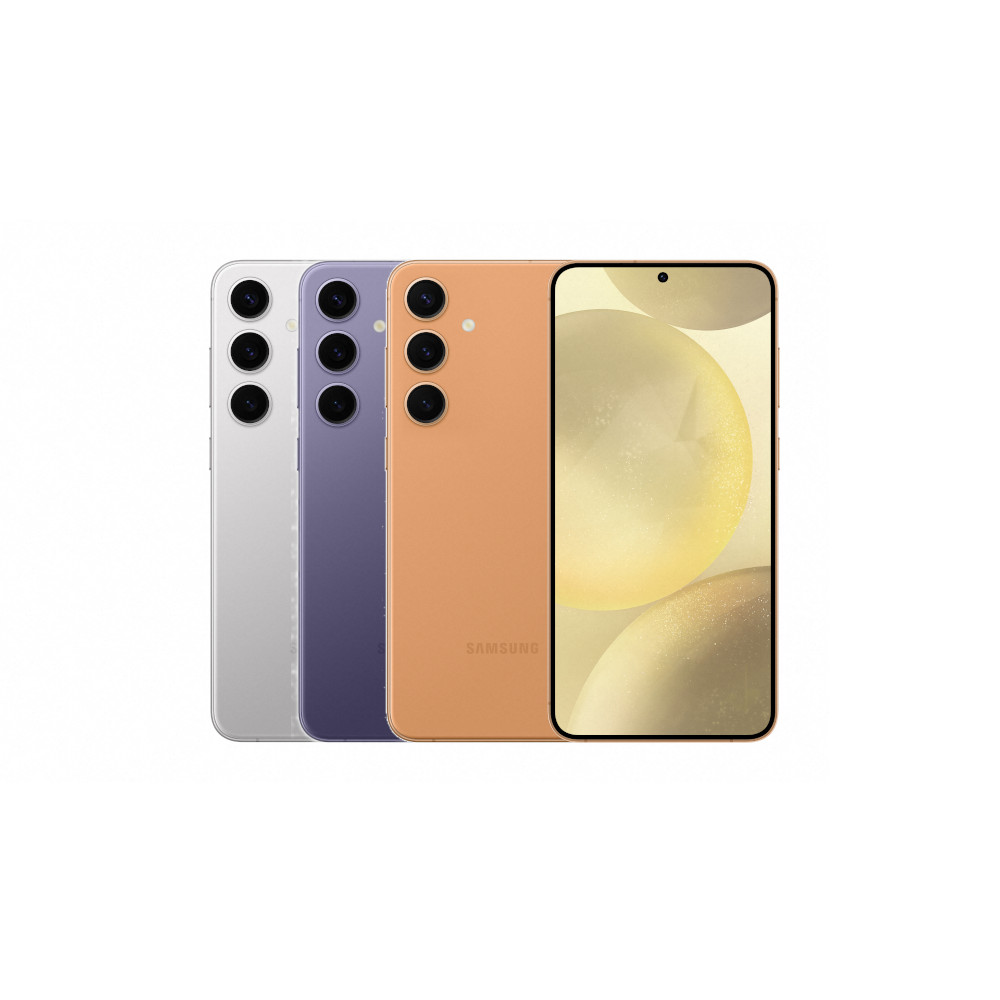Clearly, the Exynos 2400 is on the B-team, as Samsung uses a different chip for its super-premium flagship. Still, we’ve had the Exynos model in our benchmarking lab to see how it stacks up against this year’s and last year’s competitors. Let’s dive straight into the results.
With the latest Arm Cortex-X4 onboard and ten CPU cores in total, the Exynos 2400 is no slouch in the GeekBench 6 test. It outscores last year’s Snapdragon 8 Gen 2 for Galaxy and is right in the mix with the Snapdragon 8 Gen 3 inside our Samsung Galaxy S24 Ultra. In other words, Exynos customers won’t suffer a second-tier experience when it comes to running the most demanding apps.
PCMark Work 3.0, a general gauge of various common workloads, also showcases higher scores for Exynos versus last year’s Snapdragon-only model. However, it isn’t quite at the same level as the 8 Gen 3 Ultra we have in hand.
Turning to 3DMark’s selection of graphics stress tests, we start to see the Exynos 2400’s weakness — its AMD Xclipse 940 GPU. The Exynos 2400 Galaxy S24 and Snapdragon 8 Gen 2 Galaxy S23 produce eerily similar results in our Wild Life stress test. Both are quite some way behind the Snapdragon 8 Gen 3-powered Galaxy S24 Ultra and other 8 Gen 3 phones we’ve tested recently. Unfortunately, all these phones have pretty rubbish stability as temperatures rise.
We see higher peak performance from the latest Exynos in the more demanding Wild Life Extreme and ray tracing Solar Bay tests. However, the phone again throttles back quickly, falling below the Snapdragon 8 Gen 2 after four runs of the Extreme test. That’s a bit of a concern. However, AMD’s RDNA 3 architecture keeps its nose out in front when it comes to ray tracing and hands in a result that’s on par with the Ultra’s 8 Gen 3. This suggests the 8 Gen 3 is bottlenecked by its ray tracing capabilities compared to AMD’s architecture.
Exynos 2400 scores just ahead of the 8 Gen 2 but it’s not quite the graphics powerhouse of the 8 Gen 3 .
So why is the Exynos 2400 better in some tests than others, well, it seems to come down to temperature. While the Exynos 2400 and Snapdragon 8 Gen 2 ended up at the same final temperature (46.5 °C ) in all three of our stress tests, the Galaxy S24 model was faster to heat up. Hence, we observed the lackluster sustained performance, and this throttling occurs faster and has a bigger impact when frame rates are higher (such as Wild Life rather than Extreme).
What does this mean for gamers? Well, it depends on the title, but despite the less-than-brilliant results, the Exynos-powered Galaxy S24 is clearly no slouch. Last year’s Snapdragon 8 Gen 2 was already superb at gaming, and we’re looking at a similar performance level with the new Exynos in the worst case. In fact, the Exynos Galaxy S24 will power ahead with the latest titles that utilize ray tracing graphics, so it is a more future-proof chip in that regard. However, I wouldn’t recommend upgrading from a Galaxy S23 just for that.
Of course, this means the Snapdragon 8 Gen 3 vs Exynos 2400 Galaxy S24 debate isn’t shaping up brilliantly for Samsung’s chipset. Global customers looking for peak performance should seriously consider stumping up the extra cash for the Galaxy S24 Ultra, especially if they’re serious gamers.

Samsung Galaxy S24 Plus
Big bright display
Snapdragon 8 Gen 3 for Galaxy
Thin bezels

Samsung Galaxy S24 Ultra
200MP camera
ProVisual Engine
Up to 1TB of storage
New AI tools

